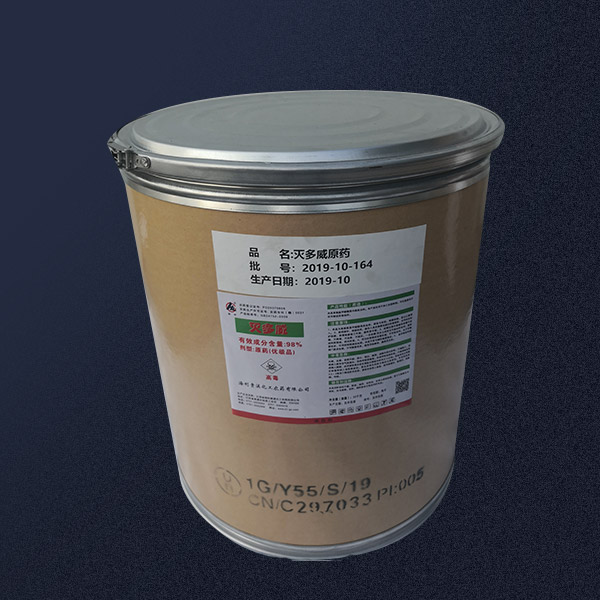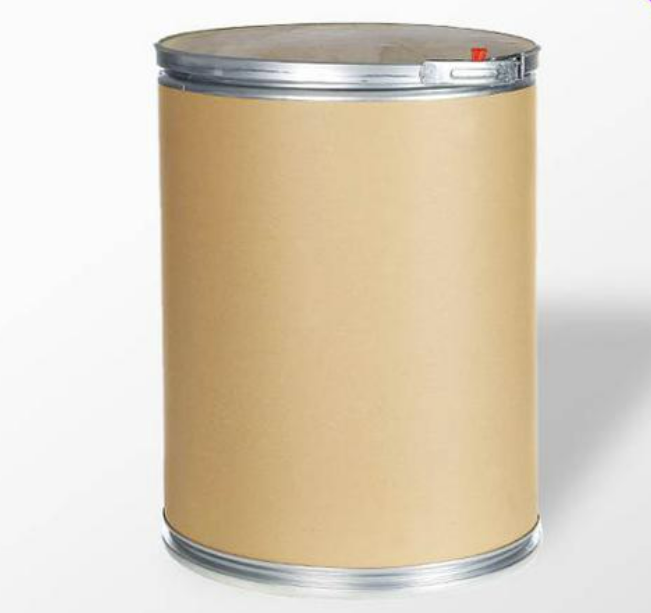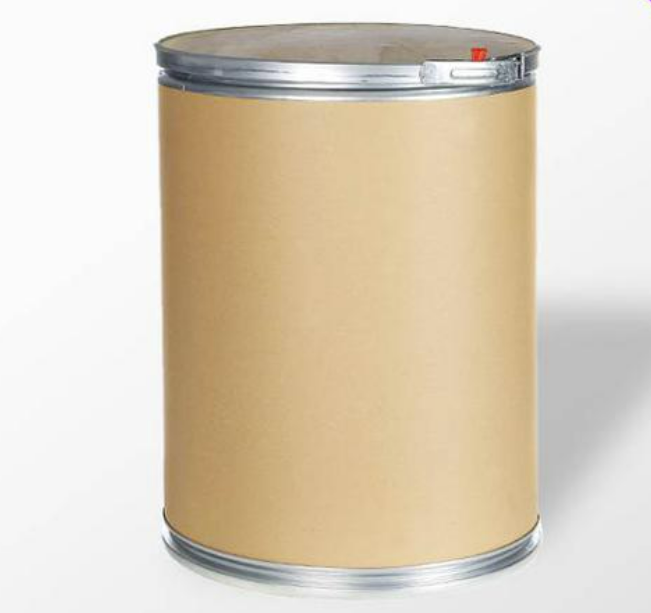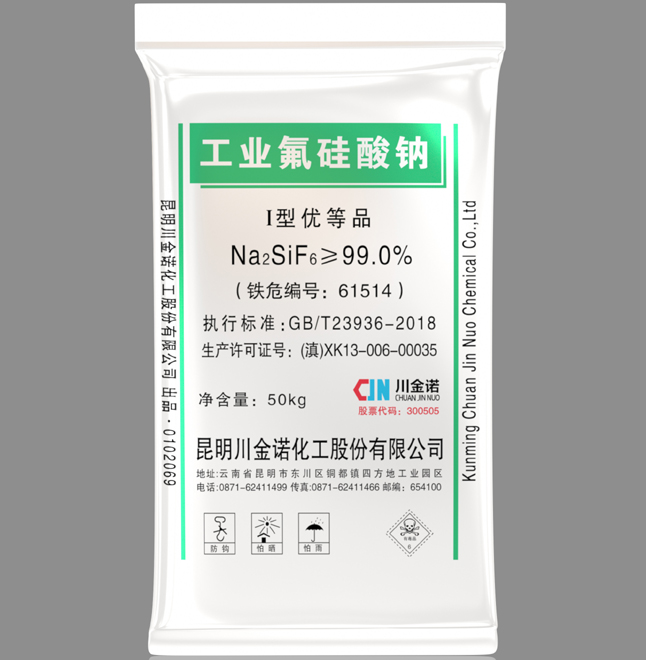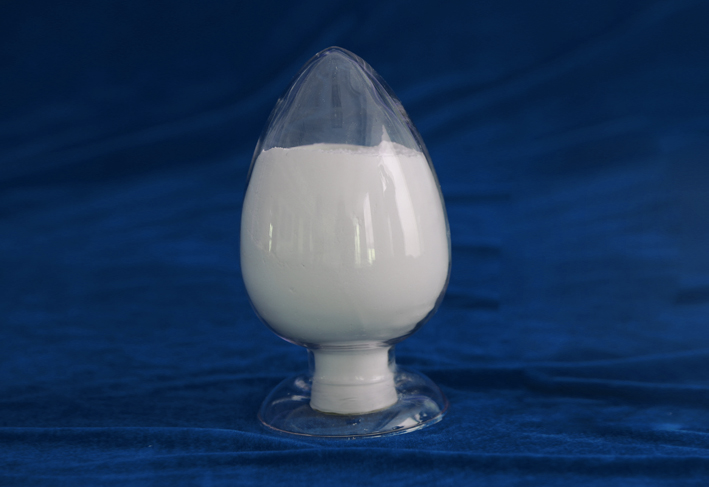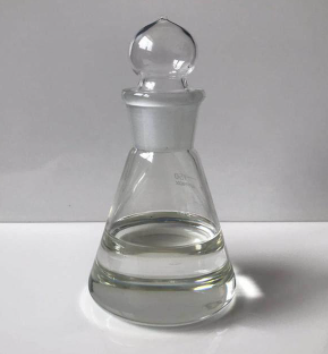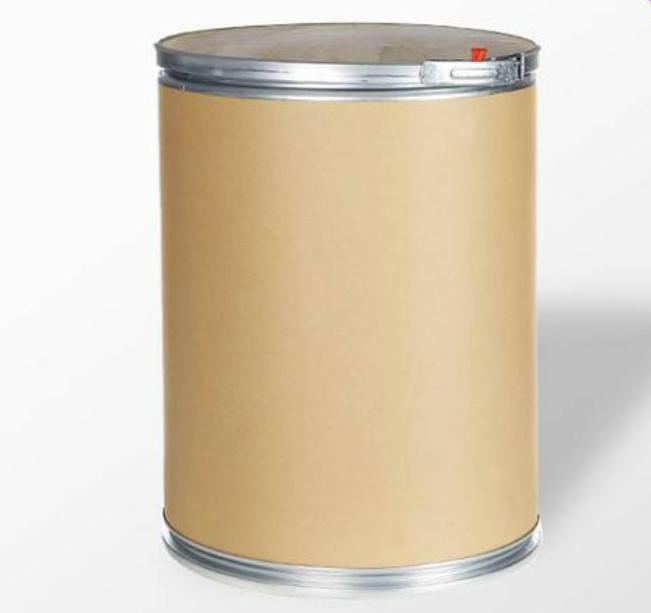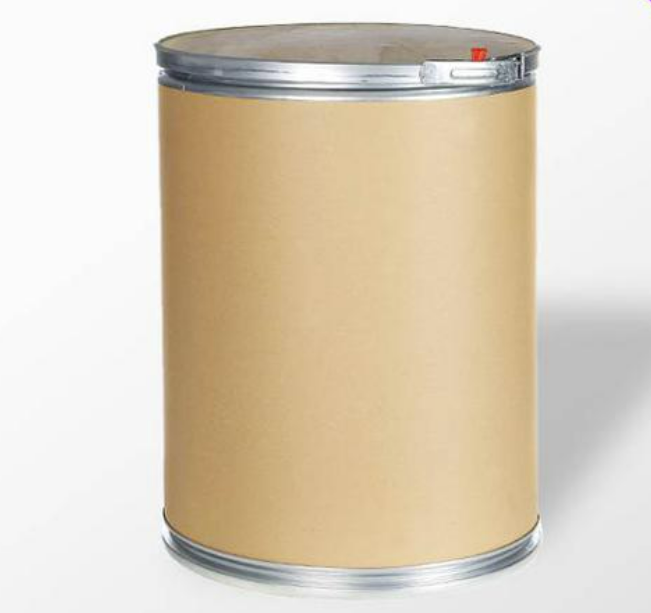CAS:16752-77-5
Molecular Formula:C5H10N2O2S
Alias
More Information
1-(Methylthio)Ethylideneamino Methylcarbamate; 3-Thiabutan-2-One, O-(Methylcarbamoyl)Oxime; S-Methyl N-(Methylcarbamoyloxy)Thioacetimidate; Mesomile; Methomex
Brief Introduction
Methomyl is a carbamate ester obtained by the formal condensation of methylcarbamic acid with the hydroxy group of 1-(methylsulfanyl)acetaldoxime. It has a role as an EC 3.1.1.7 (acetylcholinesterase) inhibitor, an EC 3.1.1.8 (cholinesterase) inhibitor, an acaricide, a nematicide, a xenobiotic, an environmental contaminant, an insecticide and an agrochemical. It is a carbamate ester and an aliphatic sulfide. It derives from a methylcarbamic acid and a 1-(methylsulfanyl)acetaldoxime.
Suppliers
View More Vendors (2) >
CAS:1679-18-1
Molecular Formula:C6H6BClO2
Alias
More Information
4-Chlorophenylboranic Acid; P-Chlorophenylboronic Aci; Para-Chlorophenylboronic Acid; Para-Chlorobenzene Boronic Acid; (4-Chlorophenyl)Boronic Acid; 4-Chlorophenylbornic Acid; P-Chloro-Benzeneboronicaci; 4-Chlorobenzeneboronic Acid; Boronicacid,P-Chlorophenyl; P-Chlorophenylboronic Acid; P-Chlorobenzeneboronic Acid; Rarechem Ah Pb 0178
Brief Introduction
4-chlorophenylboronic acid is a kind of boric acid derivative, which can be used as medicine and material intermediate. 4-chlorophenylboronic acid can be used as catalyst to prepare 4-hydroxycoumarin derivatives with trypanosome resistance and antioxidant activity. It is also used as a catalyst for asymmetric borane reduction of electron deficient ketones.
Suppliers
View More Vendors (2) >
CAS:16893-85-9
Molecular Formula:F6Na2Si
Alias
More Information
Sodium Silicofluoride; Sodium Fluorosilicate; Sodium Silico Fluoride; SSF; SSF 99%; Sodium Silico Fluoride Manufacturer IN China
Brief Introduction
Sodium fluorosilicate can be used as insecticide in agriculture, opal for enamel, corrosion agent for opal glass, preservative for wood and raw material for manufacturing other fluorides. It is also used in smelting beryllium and aluminum, medicine, leather and rubber industries. It can be used as accelerator of water glass bond in refractories. Due to the low solubility of sodium fluosilicate in water, the reaction between sodium fluosilicate and water glass is slow and gradual, which is not only beneficial to the construction, but also has high density and strength. It is most commonly used in inorganic materials combined with water glass.
Suppliers
View More Vendors (2) >
CAS:1696-20-4
Molecular Formula:C6H11NO2
Alias
More Information
4-Acetylmorpholine; 1-Morpholin-4-Ylethanone; 1-Morpholinoethanone; Morpholine, 4-Acetyl-
Brief Introduction
It is a very important pesticide intermediate and one of the main raw materials for the synthesis of agricultural fungicides enylmorpholine and flumorpholine.
Suppliers
View More Vendors (2) >
CAS:1702-17-6
Molecular Formula:C6H3Cl2NO2
Alias
More Information
Cyronal; Lontrel; Shield; Campaign; Loncid; 3,6-Dichloropyridine-2-Carboxylic Acid; Format; Benzalox; Cirtoxin; 3,6-DCP; 3,6-Dichloropicolinic Acid
Brief Introduction
At present, dichloropyridine acid and granule are mainly used to control broad-leaved weeds in rape field, such as rabdosia and Sonchus.
Suppliers
View More Vendors (2) >
Inquiry (
10
/ 10
)
Clear All
Sign In
Error!

